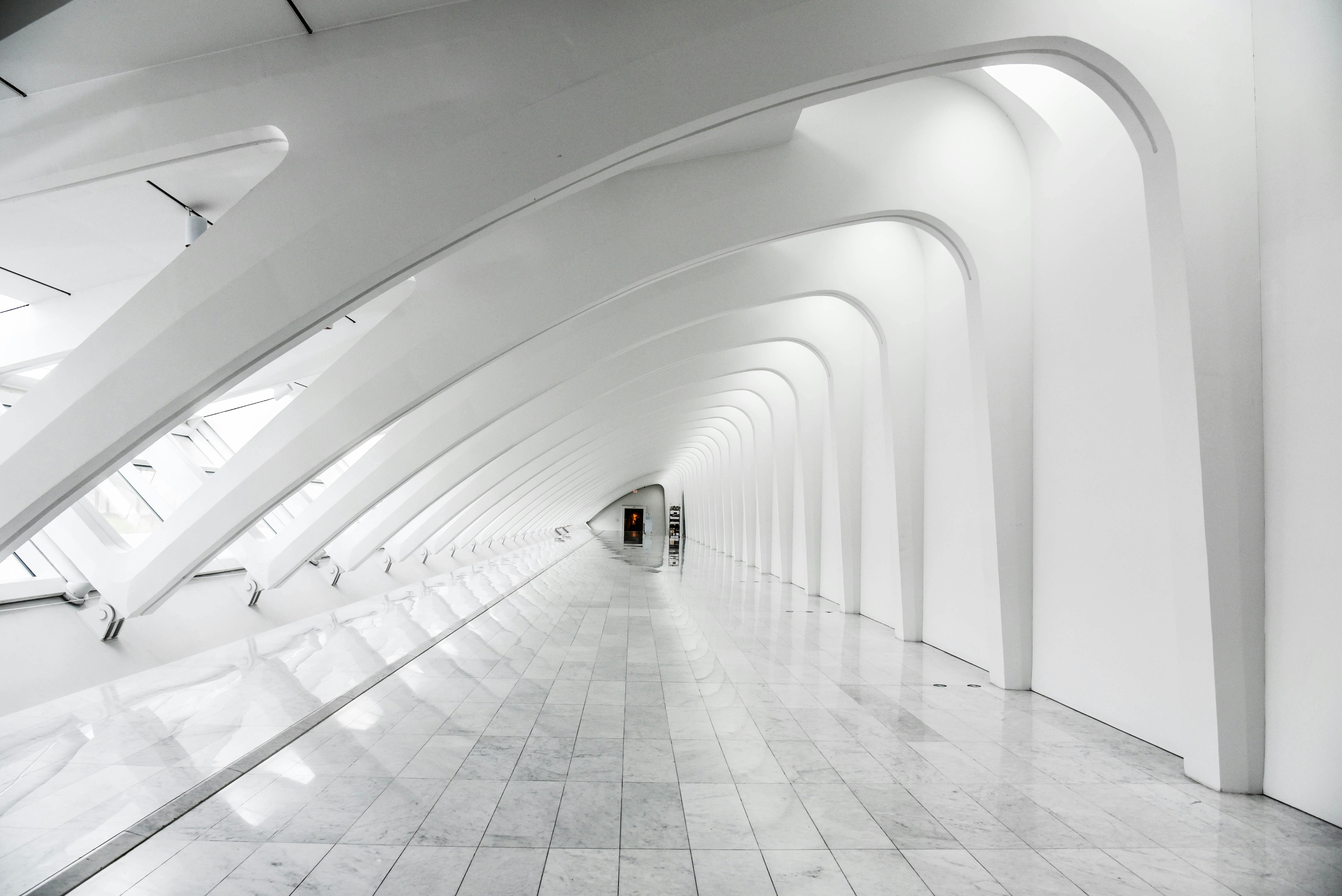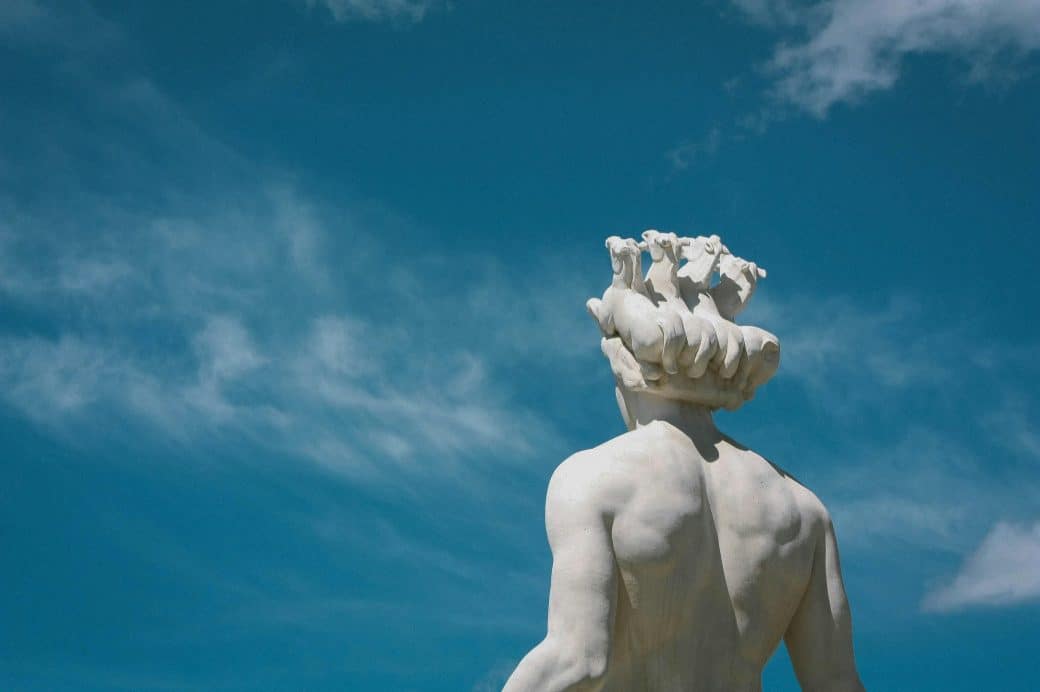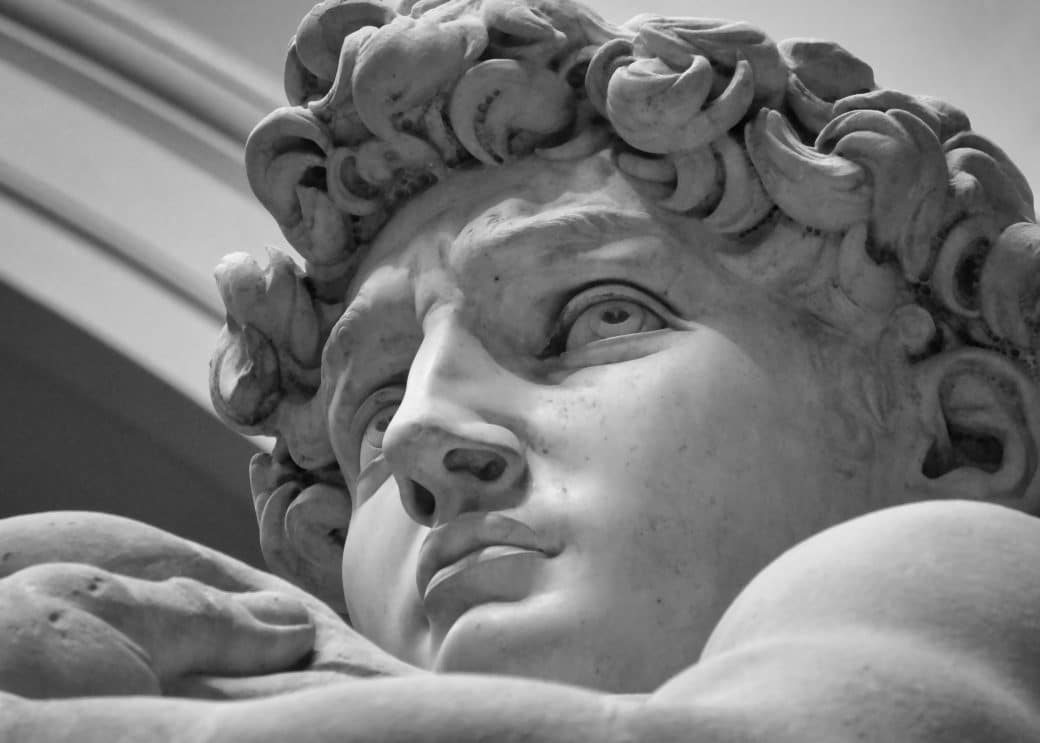Let me take you on a journey through the world of minimalist sculpture, where less is definitely more, and every curve, line, and space speaks volumes. This guide is all about peeling back the layers to understand the profound simplicity and profound impact of minimalist sculpture. It’s fascinating how artists can express complex ideas and emotions with such pared-down forms, isn’t it? From its origins to its major proponents and defining characteristics, I’ll be your guide into understanding why this art form continues to captivate and inspire art lovers and collectors around the globe. Join me as we explore the essence of minimalist sculpture, where every piece tells a story far bigger than its physical dimensions suggest.

Understanding Minimalist Sculpture
Minimalist sculpture is something that caught my eye a few years back, and ever since, I’ve been fascinated by its unique approach and philosophy. It’s more than just art; it’s a statement about space, form, and the inherent beauty of simplicity.
Definition of Minimalist Sculpture
Minimalist sculpture is an art form that emphasizes simplicity and purity through reduction. This means stripping down everything to its essential qualities without excessive embellishments or complex narratives. It’s about the art itself—its materials, shape, and how it occupies space.
Origins and History of Minimalism in Art
Minimalism as an art movement emerged in the late 1950s and early 1960s, principally in New York. It was a direct response to the complexities and excesses of abstract expressionism, aiming instead for simplicity and objectivity in art. Artists sought to create works that were self-contained, focused on their materiality and form rather than on any external references or symbolism.
Influences and Forms in Minimalist Art and Sculpture
Minimalist art and sculpture have been influenced by a variety of sources, including Japanese Zen Buddhism, which emphasizes simplicity and purity of form. In terms of form, minimalist sculptures often consist of geometric shapes and lines, employing a limited color palette and materials. This simplicity invites viewers to appreciate the physical presence of the work and the space it occupies.
Prominent Artists in Minimalist Sculpture
Throughout its development, minimalist sculpture has seen numerous artists who’ve significantly shaped its direction and understanding.
Donald Judd and his Impact
Donald Judd is arguably one of the most influential minimalist artists. His sculptures, often referred to as “specific objects,” challenge traditional art categories and emphasize the relationship between the object, viewer, and space. Judd’s work with industrial materials and his simplistic, repetitive forms have become iconic within minimalist art.
Agnes Martin: The Art of Silence
Agnes Martin’s contributions to minimalism, though more known for her paintings, closely align with the minimalist ethos in sculpture. Her focus on the subtle, the quiet, and the introspective invites a form of engagement that goes beyond the visual, touching on the spiritual.
Sol LeWitt: Structures and Variations
Sol LeWitt’s works, particularly his conceptual and structural pieces, highlight minimalism’s philosophical underpinnings. LeWitt’s emphasis on the idea behind the artwork and his systematic approaches to creation illustrate key aspects of minimalist thought.
Dan Flavin: Lights and Minimalism
Dan Flavin’s innovative use of fluorescent light as a medium revolutionized minimalist sculpture. His light installations transform the spaces they inhabit, emphasizing the perceptual experience of art and its transient, immaterial qualities.

Identification of Minimalist Sculpture
Diving deeper, one can identify minimalist sculptures by several key features and themes.
Primary Structures and Styles
Minimalist sculptures are characterized by their geometric abstraction, clean lines, and unadorned surfaces. These “primary structures” as they are often called, serve to focus the viewer’s attention on the physical presence of the work and its relationship to space.
Themes and Concepts in Minimalist Sculpture
Core themes in minimalist sculpture include repetition, neutrality, and anonymity. These themes reject traditional artistic expressions of emotion or storytelling, instead offering a direct, unmediated experience of the artwork’s form and material.
The Use of Materials in Minimalist Sculpture
Materials play a crucial role in minimalist sculpture. Artists often use industrial or everyday materials, such as steel, concrete, and plastic, presenting them in a way that highlights their qualities and the artistic process. This approach further grounds minimalist sculpture in the material world, emphasizing its objective presence.
Critiques and Interpretation of Minimalist Sculpture
The reception and interpretation of minimalist sculpture have been as varied as the artworks themselves.
Public and Historical Perspective
Minimalist sculpture has often been met with mixed reactions from the public and critics. Some view it as groundbreaking, while others see it as overly simplistic or lacking in artistic merit. Historically, however, minimalist sculpture has proven to be influential, challenging traditional notions of art and aesthetics.
Critical Response and Reflections
Critics of minimalist sculpture argue that its emphasis on simplicity and form can seem cold or impersonal. However, proponents counter that this simplicity allows for a more direct, less mediated experience of the art, encouraging viewers to engage with the work on their own terms.
Aesthetics and Sensibility in Minimalist Art
The aesthetics of minimalist sculpture—with its clean lines, geometric forms, and restrained use of color—have a unique sensibility that evokes calm and contemplation. This aesthetic invites viewers to perceive more deeply the nuances of shape, material, and space.

The Influence of Minimalist Sculpture on Modern Art
Minimalist sculpture has left an indelible mark on contemporary art forms.
Minimalism’s Influence on Contemporary Sculpture
Minimalism’s principles continue to influence contemporary sculpture, with artists exploring the boundaries of form, material, and space in innovative ways. The minimalist legacy of engaging directly with the physical properties of art lives on in many modern practices.
Minimalism and Installation Art
Minimalism has had a profound impact on installation art, informing its use of space and viewer interaction. Many installation artists draw on minimalist principles to create immersive environments that transform our perceptions of space and form.
Minimalism’s Contribution to Conceptual Art
Minimalism’s emphasis on the idea or concept behind the artwork paved the way for conceptual art. By challenging traditional artistic processes and materials, minimalism has expanded the possibilities for what art can be, influencing countless conceptual artists in its wake.
Preservation of Minimalist Sculpture
Preserving minimalist sculpture presents unique challenges and opportunities for museums and collectors alike.
Challenges in Preserving Minimalist Artworks
The industrial materials often used in minimalist sculpture, such as metal, plastic, and light, can be prone to deterioration over time. Additionally, the spatial aspects of many minimalist works require careful consideration in terms of display and conservation.
Significant Museums and Collections for Minimalist Sculpture
Several museums and collections around the world are dedicated to preserving and exhibiting minimalist sculpture. These institutions play a crucial role in maintaining the legacy of minimalist artists, offering the public a chance to engage with these groundbreaking works.
Restoration Techniques for Minimalist Sculpture
Restoration of minimalist sculptures often involves a multidisciplinary approach, combining art history, conservation science, and technical expertise. Given the minimalist ethos, conservators strive to respect the artist’s original intentions while ensuring the artwork’s longevity.

Understanding Minimalism Beyond Sculptures
Minimalism’s influence extends far beyond the realm of sculpture, impacting various aspects of art and culture.
Minimalism in Other Art Forms
In music, literature, and film, minimalism has inspired artists to strip down their works to essential elements, focusing on repetition, simplicity, and space. This approach allows for a different kind of engagement, where less is more, and space speaks volumes.
Minimalism’s Influence on Architecture and Design
Minimalist principles have profoundly shaped modern architecture and design, emphasizing clean lines, functional spaces, and a harmonious balance between form and function. The minimalist approach in these fields seeks to create environments that are both aesthetically pleasing and deeply functional.
Minimalism in Popular Culture and Lifestyle
In recent years, minimalism has also become a lifestyle movement, promoting simplicity, decluttering, and mindful consumption. This cultural shift underscores minimalism’s broader appeal and its potential for fostering a more intentional way of living.
The Role of Minimalist Sculpture in the Art Market
The art market’s relationship with minimalist sculpture is a fascinating aspect of its wider reception and valuation.
Market Trends and Minimalist Sculpture
Minimalist sculpture has seen various trends in the art market, with significant interest from collectors and museums alike. The market value of minimalist works has grown, reflecting their importance and influence in the art world.
Significance of Minimalist Sculpture in Auctions
At auctions, minimalist sculptures have fetched high prices, highlighting their desirability among collectors. These sales not only speak to the financial value of the artworks but also to their cultural and historical significance.
Investing in Minimalist Artworks
Investing in minimalist sculpture can be both a financial decision and a commitment to preserving a vital part of art history. Collectors and investors play a key role in supporting the artists and ensuring that these groundbreaking works continue to inspire and challenge.
Experiencing Minimalist Sculpture Personally
There’s something uniquely profound about experiencing minimalist sculpture in person.
Seeing Minimalist Sculpture in Person
Seeing a minimalist sculpture firsthand can be a transformative experience. The scale, texture, and presence of the work in space offer a sensory engagement that images simply can’t capture. It’s about being in the moment, with the artwork occupying the same physical space as you.
Personal Engagement and Interpretation
Engaging with minimalist sculpture invites personal interpretation. Without prescribed meanings or narratives, viewers have the freedom to explore their reactions and connections to the work. This kind of engagement can be deeply personal, revealing as much about ourselves as about the artwork.
Travelling and Discovering Minimalist Art
Traveling to see minimalist sculptures, whether in museums, galleries, or public spaces, is a journey of discovery. Each encounter offers a new perspective, not only on the artwork but on the possibilities of form, material, and space. It’s a testament to minimalism’s enduring capacity to inspire and challenge.
Future Prospects of Minimalist Sculpture
As we look ahead, the future of minimalist sculpture seems as dynamic and promising as its past.
Current Trends and Developments
Today’s minimalist artists continue to explore and challenge the boundaries of form, material, and space. With new technologies and materials at their disposal, the potential for innovation is boundless. The minimalist ethos, with its focus on simplicity and essence, remains a powerful influence.
Promising Artists in the Field
The field of minimalist sculpture is vibrant, with emerging artists bringing fresh perspectives and approaches. These artists, while grounded in minimalist principles, are redefining what minimalism can be, ensuring its relevance and vitality for the future.
The Continuing Evolution of Minimalism
Minimalism, as a movement and philosophy, is continuously evolving. Its principles of reduction, simplicity, and focus on the inherent qualities of materials and forms offer a grounding counterpoint to the complexities of modern life. As we move forward, minimalism’s capacity for innovation and reflection continues to inspire artists, designers, and thinkers around the world.
In conclusion, diving into the world of minimalist sculpture has been an enlightening journey, revealing the depth and scope of a movement that, at first glance, celebrates simplicity. Yet, as we’ve seen, minimalism encompasses far more, challenging us to perceive and engage with art and the world around us differently. Whether through the enduring works of its pioneers, the fresh interpretations of contemporary artists, or its broad cultural impact, minimalist sculpture remains a pivotal and inspiring facet of modern art.



